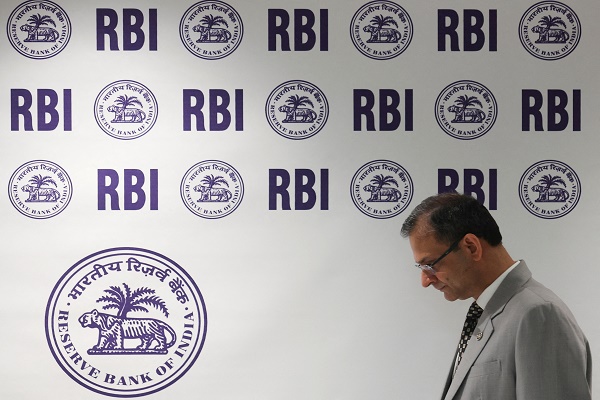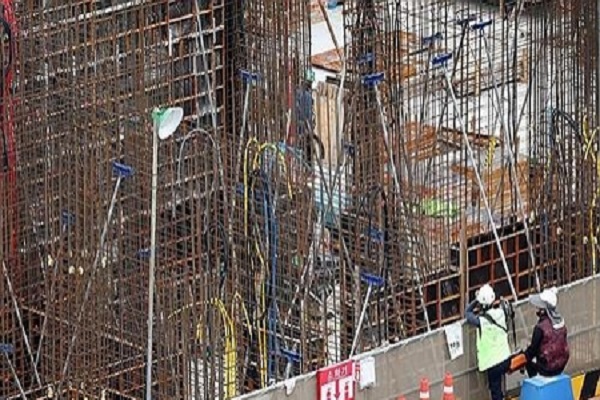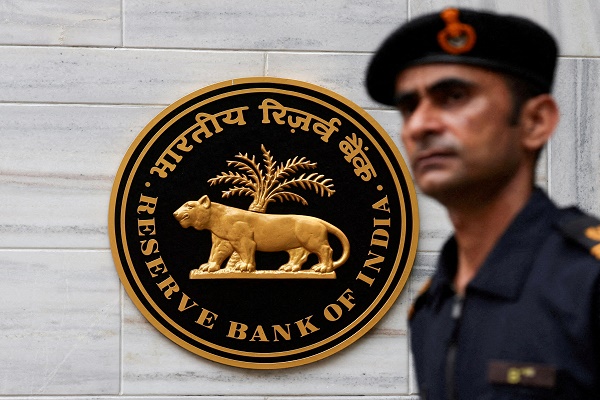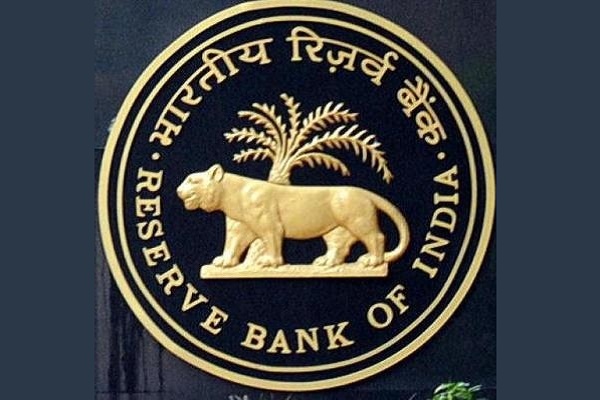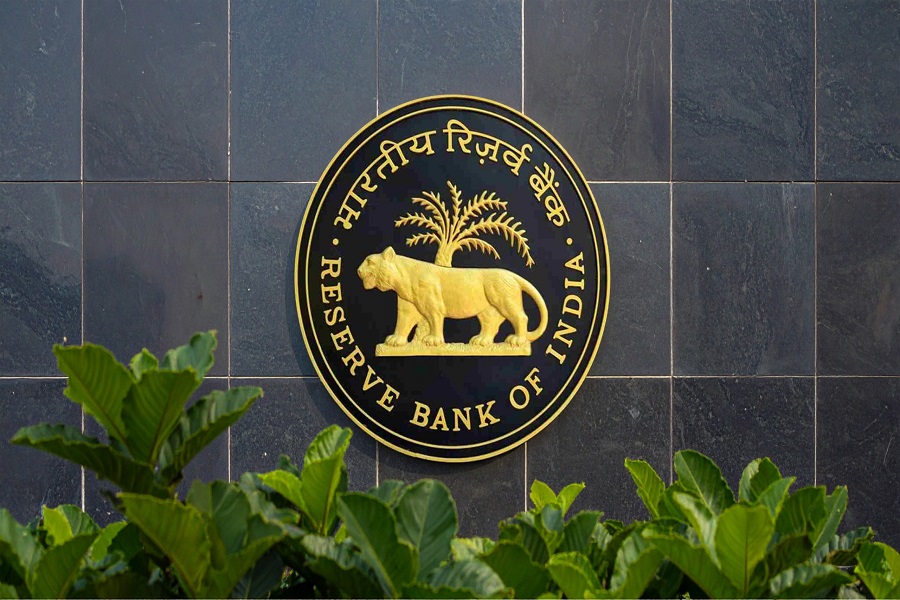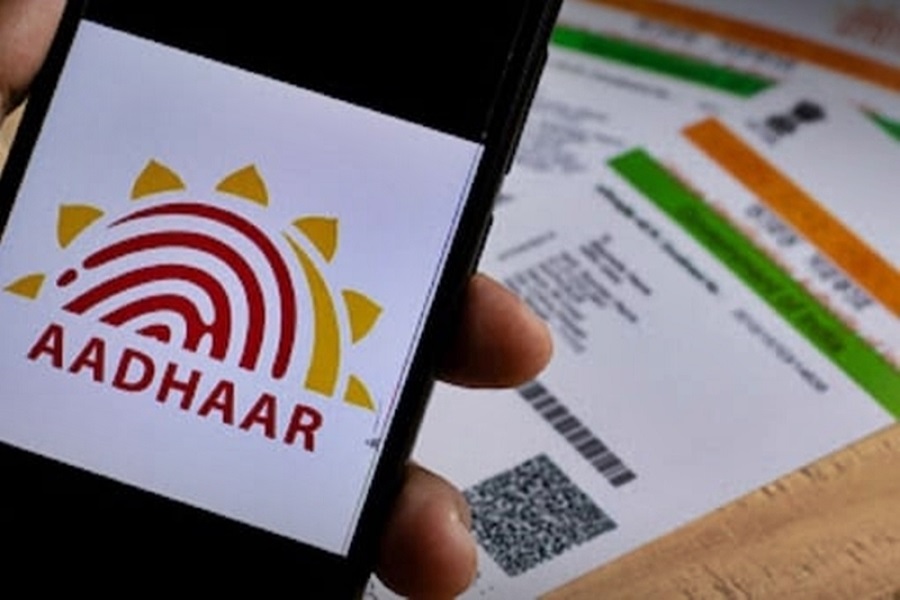RBI to meet banks on liquidity framework next week, changes on cards, sources say
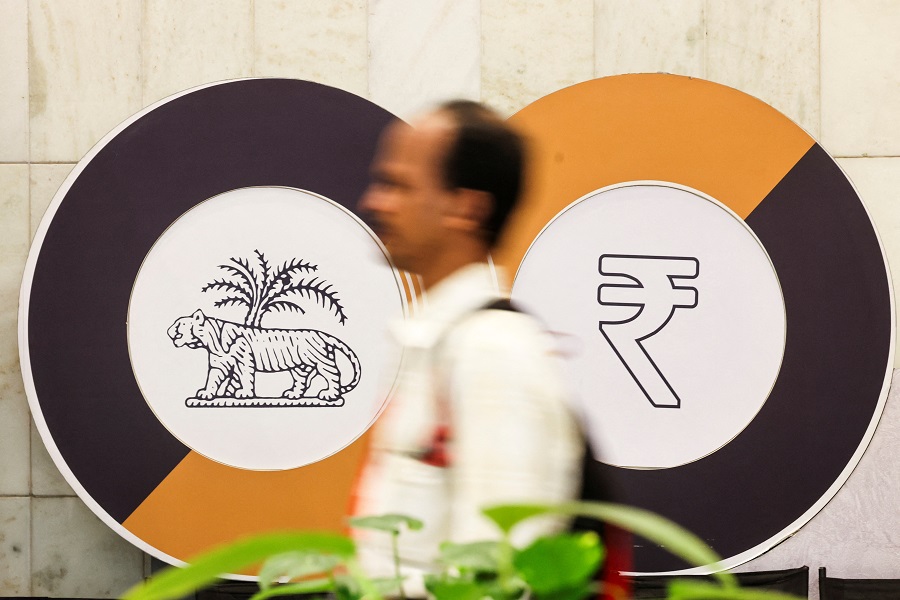
The Reserve Bank of India is meeting lenders next week to discuss its liquidity management framework, and could announce changes at its April policy meeting, six sources familiar with the matter said on Thursday.
The meeting comes amid a sharp depletion of banking system liquidity in India, largely due to aggressive dollar-selling intervention by the central bank in the foreign exchange market.
As India moves towards lower interest rates, tweaks to the liquidity framework could have significant implications for the country's banking system and economic growth.
The RBI will meet select state-run, private and foreign banks on April 3 and one of the key items on the agenda is a discussion on the liquidity framework, the sources said.
"With India entering an era of lower interest rates, the RBI would want to discuss more effective ways of policy transmission, and the liquidity framework plays a very important role," one of the sources said.
Any changes to the liquidity framework could be notified alongside the monetary policy decision on April 9, when the RBI is widely expected to cut rates for a second time this year, a source aware of the central bank's thinking said.
Another source said that the market wants clarity on the central bank's "comfort in terms of liquidity as a percentage of deposits," which would be discussed.
The sources requested anonymity as they are not authorised to speak to media.
The RBI did not immediately respond to a Reuters email seeking comment.
The sources said that the central bank is likely to focus more on overnight liquidity infusion, an "experiment" that has been "successful" over the last two months.
The central bank uses repos to infuse funds into the banking system for the short term.
In early 2020, the RBI moved to the 14-day repo as its main liquidity infusion tool, and stopped the use of daily repos.
Since January, it has been proactively managing liquidity by changing the quantum of repos on a daily basis and by conducting multiple auctions on a single day.
The central bank has also infused more than 5 trillion rupees ($58.3 billion) of durable liquidity into the banking system since January through debt purchases and forex swaps, and another 1.8 trillion rupees through early-April maturity repos.
India's banking system liquidity, which has been in a deficit since mid-December, rose to a one-year high of about 3.2 trillion rupees in January, but has since eased to 400 billion rupees.
($1 = 85.8240 Indian rupees)




